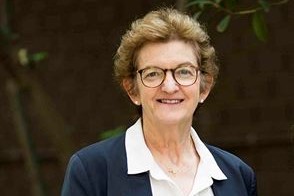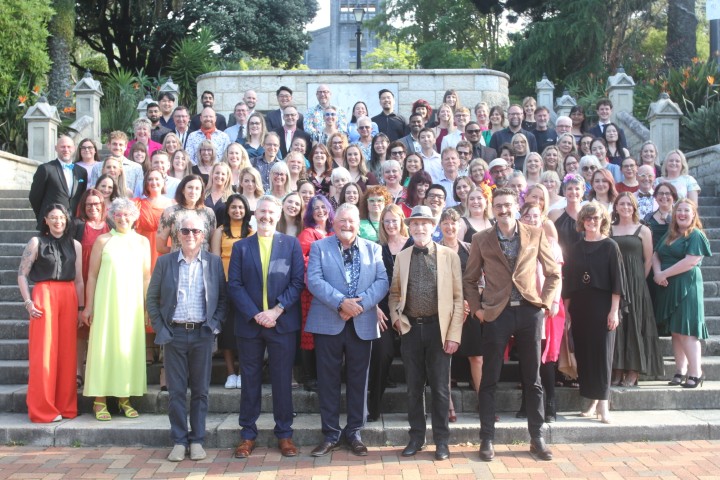World's largest AMD vision loss study
A world-first study led by the Centre for Eye Research Australia (CERA) and the University of Melbourne aims to uncover why some people with age-related macular degeneration are at much greater risk of losing their sight than others.
In the largest research project ever assembled to determine the causes of a high-risk form of AMD and to develop new treatments to prevent vision loss, the team led by Professor Robyn Guymer will bring together experts in eye health, artificial intelligence, genetics, stem cell research and bioinformatics from Australia, the US and the UK, using data from tens of thousands of eye scans.
“Currently, all cases of AMD are lumped together as one disease but it is now clear there is at least one group of patients at increased risk of losing vision,’’ said Prof Guymer. “Understanding what is different about the high-risk group, who can be determined by modern imaging techniques, and why this group is more likely to lose vision, is the key to saving sight."
The study has received A$5 million from the National Medical Health and Research Council’s Synergy grants programme and aims to:
- Investigate the specific genetic and other factors that put one group of people with AMD, amongst those already at high risk, at much greater risk of losing their vision
- Understand how different genetic factors influence the normal functioning of the eye
- Develop new treatments to tackle this very high-risk AMD group.
Prof Guymer added, “In the past, AMD was diagnosed by simply looking in the back of the eye, but with new imaging techniques we can see subtle differences between people and this provides important clues about why some are more at risk as their diseases progresses. This has opened up an exciting new area of research.’’























